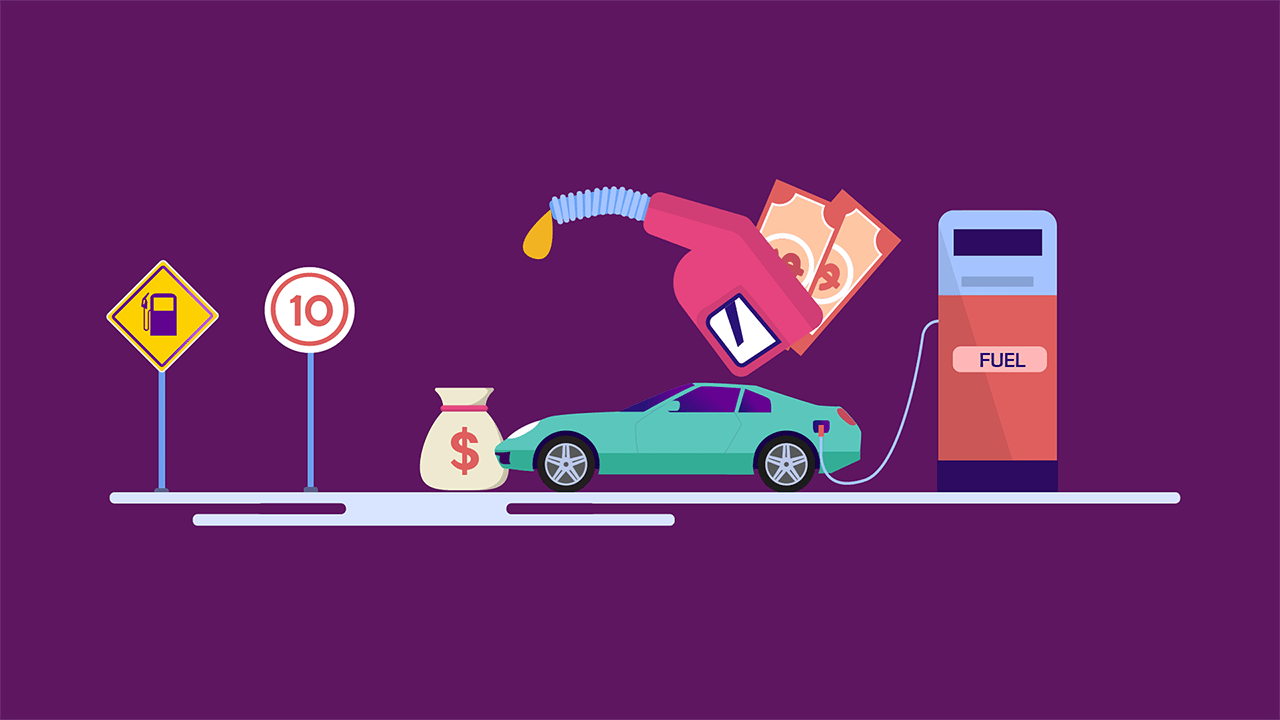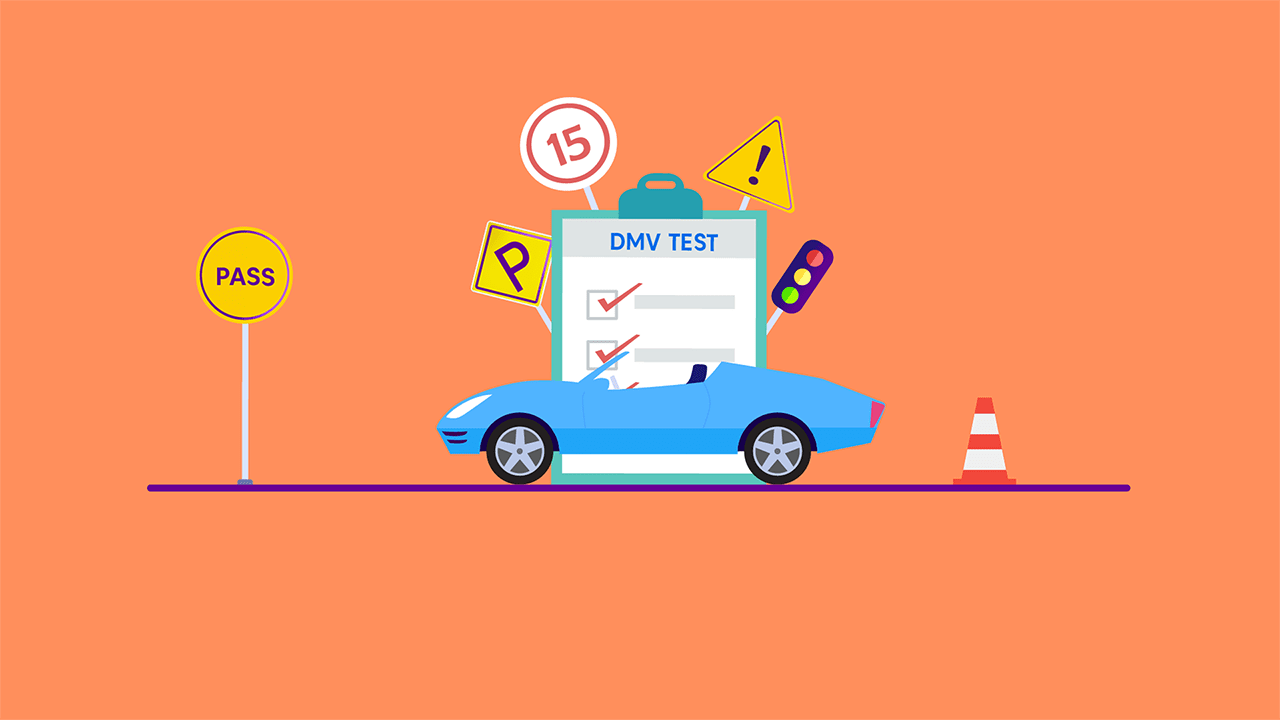A Pro's Guide to Navigating 10 Types of Roadways
By Umm e Hani on Apr 26, 2024Contents
In the U.S. there are about four million miles of roadways. There are infinite types of roads in this country. And it is possible that you would drive upon many of them during your driving business. Each different type of road presents unique challenges. They need careful attention and adaptation of driving techniques. In this blog, we have compiled 10 types of roadways that every driver should know.
10 Different Types Of Roadways Every Driver Should Know
1. City Streets
In the busy environment of city street roads, be prepared for frequent stops. You can also face turns, slow-moving traffic, and unpredictable pedestrians and cyclists. Anticipate these occurrences by maintaining a safe following distance. Stay alert to your surroundings, and use your turn signals clearly to communicate your intentions to other drivers.
2. Highways
On highways, merging smoothly and maintaining consistent speed are crucial for safe and efficient travel. Use acceleration lanes effectively. This will help to blend into the flow of traffic, and be mindful of blind spots. Especially around large vehicles like trucks and buses. Pass safely and responsibly, only when it is legal and safe to do so.
3. Rural Roads
In rural roads you can face different challenges. This includes unpredictable wildlife crossings, slow-moving farm equipment, and changing road conditions. Reduce your speed, be cautious of wildlife, and anticipate uneven surfaces, potholes, and narrow lanes. Use low beams at night to improve visibility and avoid blinding oncoming drivers.
4. Mountain Roads
Mountain roads demand a cautious approach due to winding roads, steep grades, and unpredictable weather conditions. Descending mountain roads, utilize engine braking to maintain a safe speed without relying solely on your brakes. Be mindful of winding roads and steep grades, reducing your speed and maintaining a safe following distance. Watch for sudden weather changes and road hazards, adjusting your driving accordingly.
5. Construction Zones
Pay close attention to flaggers' directions and posted speed limits when navigating construction zones. Be prepared for lane changes and sudden stops, and expect delays due to ongoing construction activities. Plan your route accordingly to avoid unnecessary delays.
6. Wet Roads
When you are driving on wet roads make sure to reduce your speed. Remember to increase your following distance to compensate for low traction. Turn on your headlights to improve visibility and use your windshield wipers to clear away rain or snow. Avoid sharp turns and sudden maneuvers that could cause loss of control.
7. Snowy Roads
Snow-covered roads require extra caution and preparation. If possible, equip your vehicle with snow tires for improved traction. Drive slowly and smoothly, avoiding sudden acceleration, braking, or turning. Maintain a safe following distance and be prepared to react if your car starts to skid.
8. Icy Roads
Icy roads demand extreme caution due to minimal traction and the risk of sudden loss of control. Treat icy roads like driving on glass, maintaining a very slow pace and avoiding sudden maneuvers. Use low gears to maintain control and be prepared for black ice, which is often invisible.
9. Gravel or Dirt Roads
On gravel or dirt roads, reduce your speed and maintain a steady speed. This will help you avoid kicking up loose gravel that could impair visibility or cause skids. Be cautious when turning and braking, as loose gravel can reduce traction. Avoid driving during heavy rain or flooding. Because these conditions can turn gravel or dirt roads into muddy, impassable stretches.
10. Multi-lane Roads
Multi-lane roads require consistent use of turn signals. It helps to communicate your lane change intentions clearly to other drivers. Be mindful of blind spots in large vehicles and avoid lingering in the left lane. Use the left lane for passing only, and move back to the right lane as soon as it is safe.
That’s A Wrap!
You can improve your driving skills by understanding the unique driving challenges. The techniques for driving on different types of roadways will help improve safety. And, drivers can drive with full confidence and assurance.
FAQ
What are road median types?
Road medians are physical barriers that divide a roadway into two or more separated traffic lanes. They are designed to improve traffic flow, enhance safety, and reduce the risk of head-on collisions. Common types of road medians include: Raised medians, Curbed medians, and Vegetated medians.
What is a rural road?
A rural road is a roadway located in a non-urban area. Rural roads serve essential functions for connecting rural communities, facilitating agricultural activities, and providing access to recreational areas.
What are toll roads?
Toll roads are roadways that charge a fee for vehicle passage. Tolls are collected electronically through toll booths or toll tags. Toll roads are often used to fund major infrastructure projects.
What is the difference between a street and an avenue?
Street and avenue are both terms for public roadways. They have slightly different connotations. Streets typically run east-west, while avenues run north-south. Streets are often associated with residential or commercial areas, while avenues are often associated with broader boulevards or grander thoroughfares.


